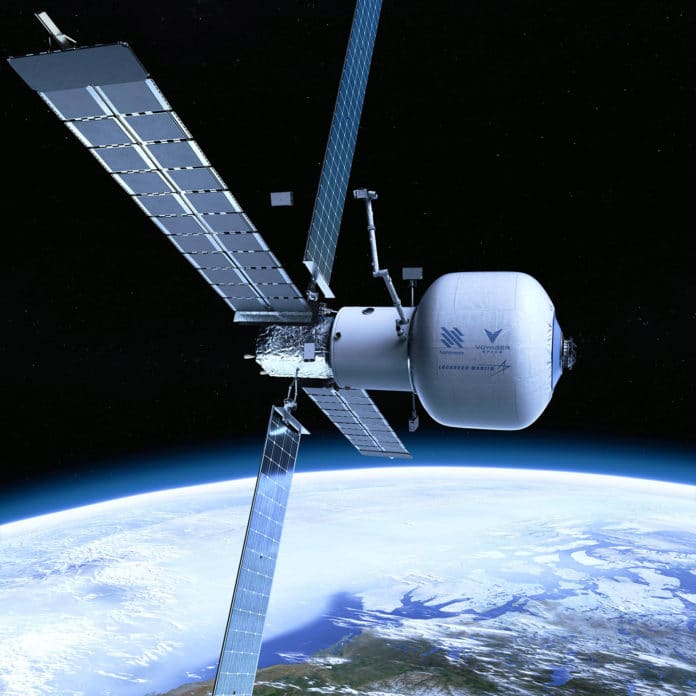Nanoracks, Voyager Space, and Lockheed Martin have teamed up to develop the first-ever free-flying commercial space station. The low-Earth orbit space station, known as Starlab, is expected to achieve initial operational capability by 2027.
NASA plans to retire the International Space Station (ISS) by 2030, so the U.S. space agency is turning to private companies to build new space stations in orbit before that date under its Commercial LEO Destinations project. One of them is Starlab, a continuously crewed commercial platform dedicated to conducting critical research, fostering industrial activity, and ensuring continued U.S. presence and leadership in low-Earth orbit.
Starlab is specifically designed to enable the growing space economy and meet pent-up customer demand for space services such as materials research, plant growth, and astronaut activity.
The main structure of the Starlab space station consists of a large inflatable habitat to be built by Lockheed Martin and a metallic docking node. The station features a 60 kW power and propulsion element, a large robotic arm for servicing cargo and payloads, and a state-of-the-art laboratory system to host comprehensive research, science, and manufacturing capability. Starlab will have a volume of 340 m3 (cubic meter), and its regenerative Environmental Control and Life Support System (ECLSS) will be able to continuously host up to four astronauts plus visitors for conducting critical science and research.
“We’re excited to be part of such an innovative and capable team—one that allows each company to leverage their core strengths,” said Lisa Callahan, vice president, and general manager, Commercial Civil Space at Lockheed Martin. “Lockheed Martin’s extensive experience in building complex spacecraft and systems, coupled with Nanoracks’ commercial business innovation and Voyager’s financial expertise, allows our team to create a customer-focused space station that will fuel our future vision. We have invested significantly in habitat technology, enabling us to propose a cost-effective, mission-driven spacecraft design for Starlab.”
